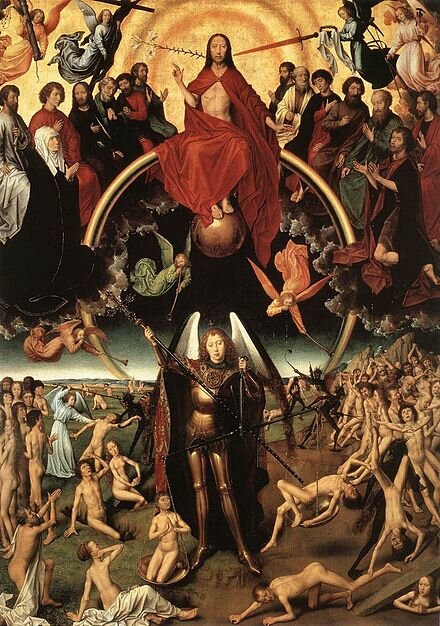Jean-Marie Leclair l'aîné, also known as Jean-Marie Leclair the Elder (10 May 1697 – 22 October 1764),[1] was a Baroque violinist and composer. He is considered to have founded the French violin school. His brothers Jean-Marie Leclair the younger (1703–77), Pierre Leclair (1709–84) and Jean-Benoît Leclair (1714–after 1759) were also musicians.
Leclair was born in Lyon, but left to study dance and the violin in Turin. In 1716, he married Marie-Rose Casthanie, a dancer, who died about 1728. Leclair had returned to Paris in 1723, where he played at the Concert Spirituel, the main semi-public music series. His works included several sonatas for flute and basso continuo.
In 1730, Leclair married for the second time. His new wife was the engraver Louise Roussel, who prepared for printing all his works from Opus 2 onward. Named ordinaire de la musique by Louis XV in 1733, Leclair resigned in 1737 after a clash with Guidon over control of the musique du Roy.
Jean-Marie Leclair l'aîné, also known as Jean-Marie Leclair the Elder (10 May 1697 - 22 October 1764), was a Baroque violinist and composer. He is considered to have founded the French violin school. His brothers Jean-Marie Leclair the younger (1703-77), Pierre Leclair (1709-84) and Jean-Benoît Leclair (1714-after 1759) were also musicians.




